California’s national parks: A photographic history seen through The Times’ archives
- Share via
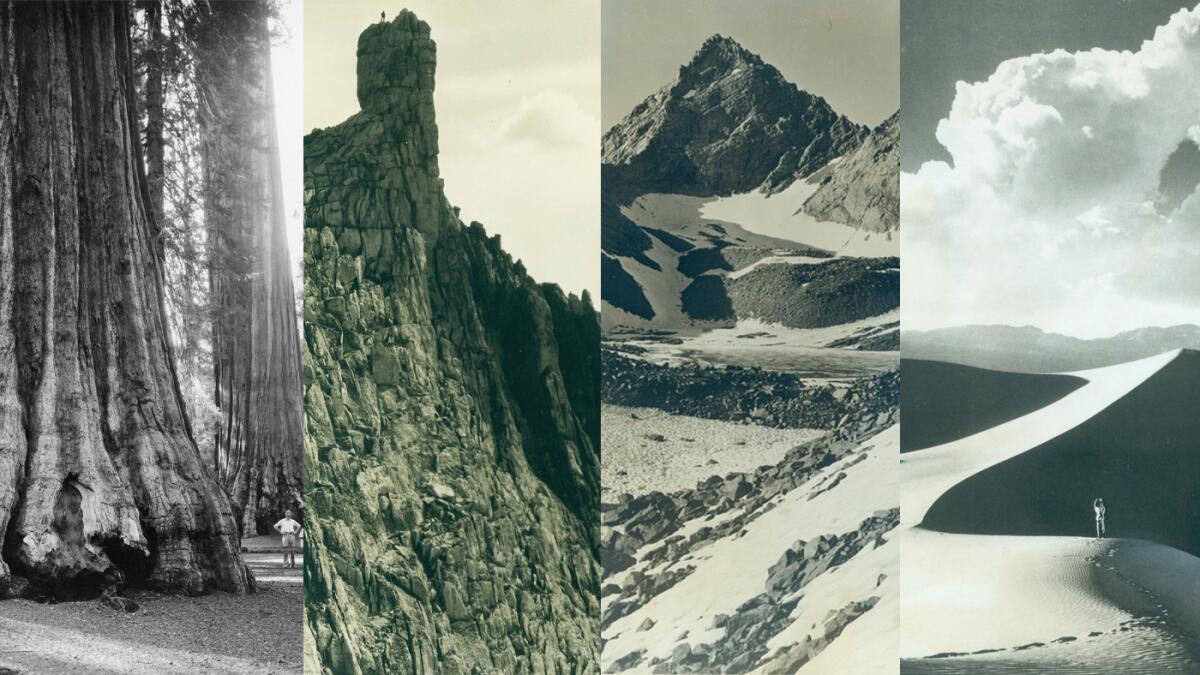
In 1872, Yellowstone became the United States’ – and the world’s -- first national park, beginning a period of preservation for our natural and cultural treasures. Encompassing forests and valleys, volcanoes and glaciers, the national parks have been called America’s “best idea.” More than a century after Yellowstone, the list of American national parks has grown to 59 – and no state has more than California. Here’s a look back at California’s nine best ideas.
Sequoia National Park
Established: Sept. 25, 1890

President Benjamin Harrison established California’s first national park, and the United States’ second, to protect the giant sequoia trees (sequoiadendron giganteum) from logging.
On Sept. 24, 1890, the Los Angeles Times ran this letter, an excerpt from the San Francisco Call (which later merged with the Examiner) on page 6 of the newspaper:
"The land to be inclosed [sic] in the park will cover 50,000 acres. In Mariposa, Calaveras and Humboldt the giant sequoias occur in clumps in the midst of the forests of other growths. In Tulare they are almost continuous; the traveler can journey all day on horseback without losing sight of them. They are nearly, if not quite, the most gigantic of the sequoias; trees have been seen which measured 100 feet and over in circumference at the base over 300 feet in height."

Yosemite
Established: Oct. 1, 1890
Yosemite, California’s most iconic national park, first gained protected status from President Abraham Lincoln in 1864. It didn’t become a national park until a week after Sequoia, with famed naturalist John Muir as the spark, according to the National Park Service.
In Muir’s obituary, The Times wrote on Dec. 25, 1914:
“Muir had a great love of the Yosemite and his was a familiar face to summer tourists there. He was a warm advocate of a movement to make the valley accessible to visitors who came to see the Yosemite's grandeur, but he had no regard whatever for those who came to fish in the valley. He could not understand how any one could, even for the moment, neglect nature's wonders for angling. He would refer to them as being ‘sillier than the silly fish themselves.’”
In a 100-year anniversary piece, the Los Angeles Times noted that Yosemite National Park initially included only the high country. “The valley and its soaring granite cliffs were added to the park in 1906."
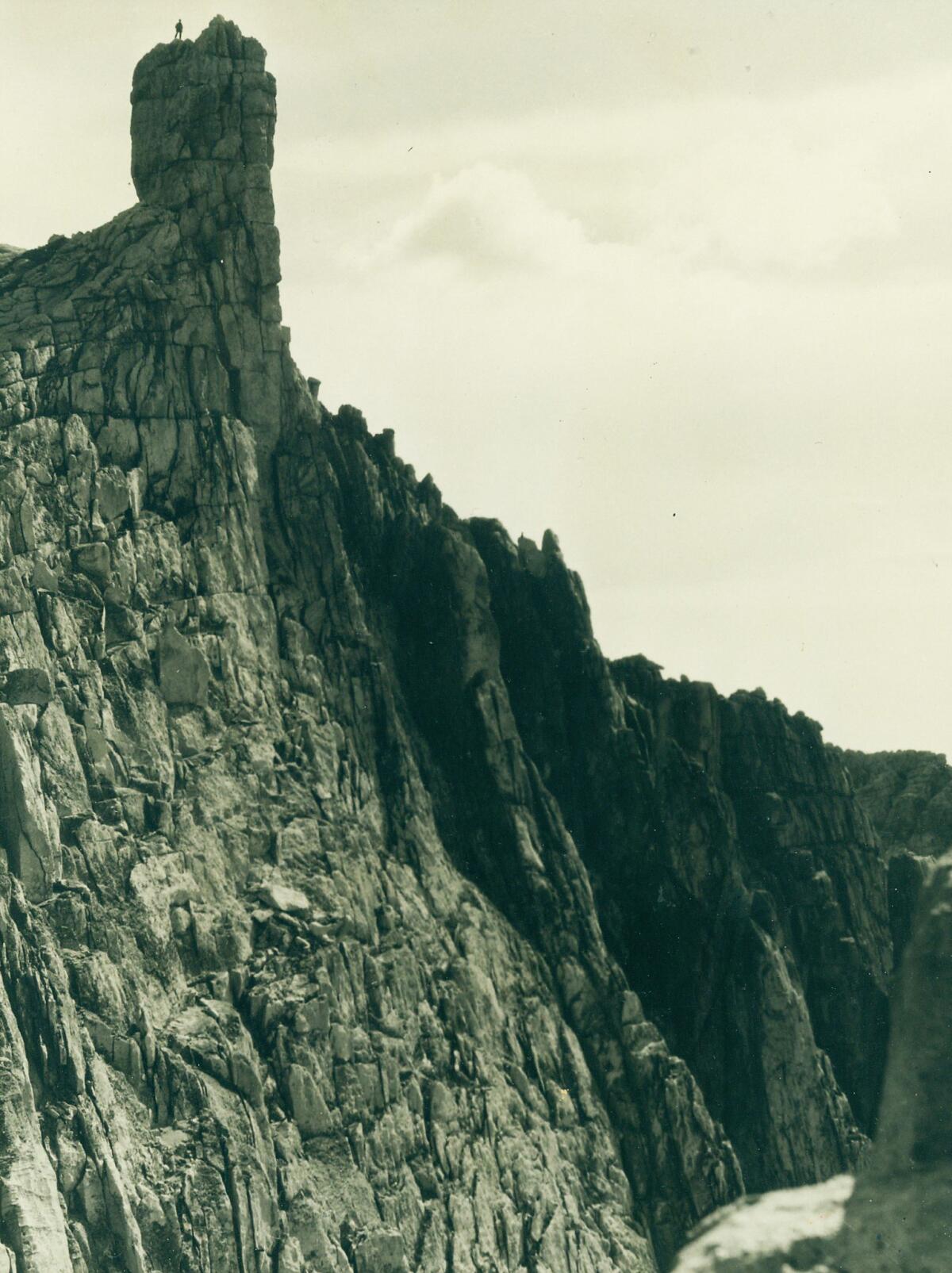
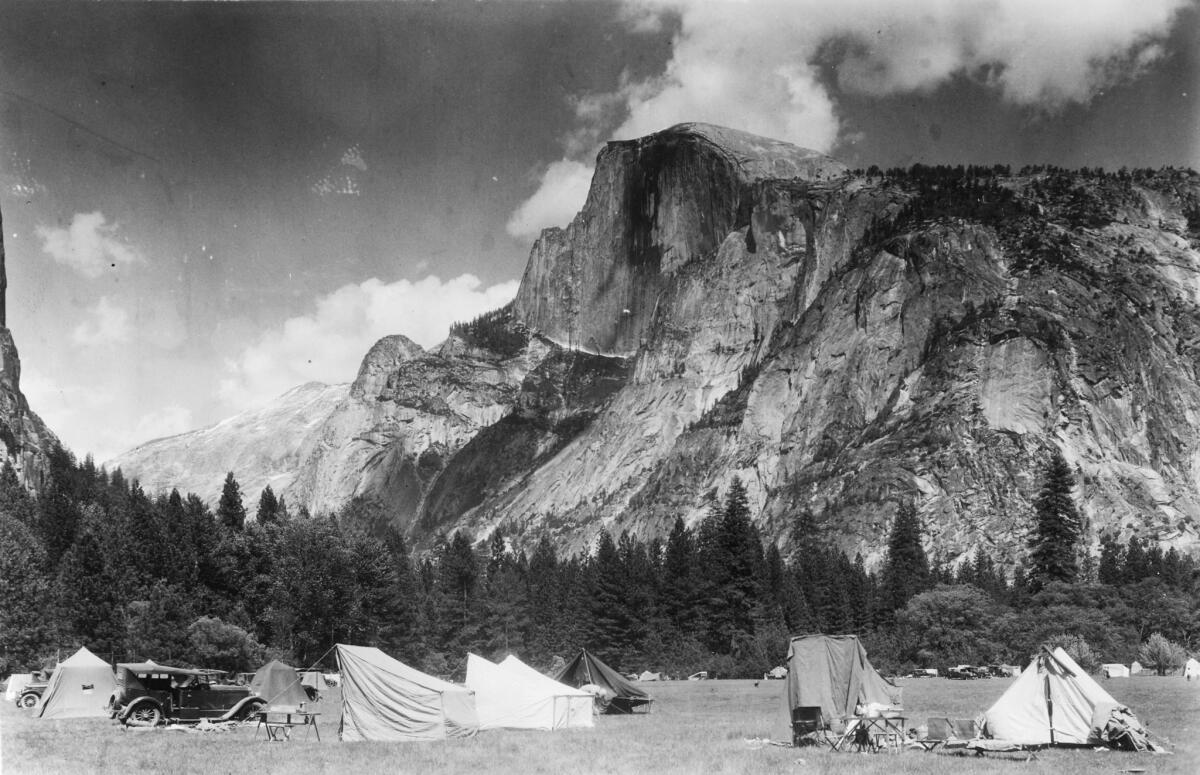
Lassen Volcanic National Park
Established: Aug. 9, 1916
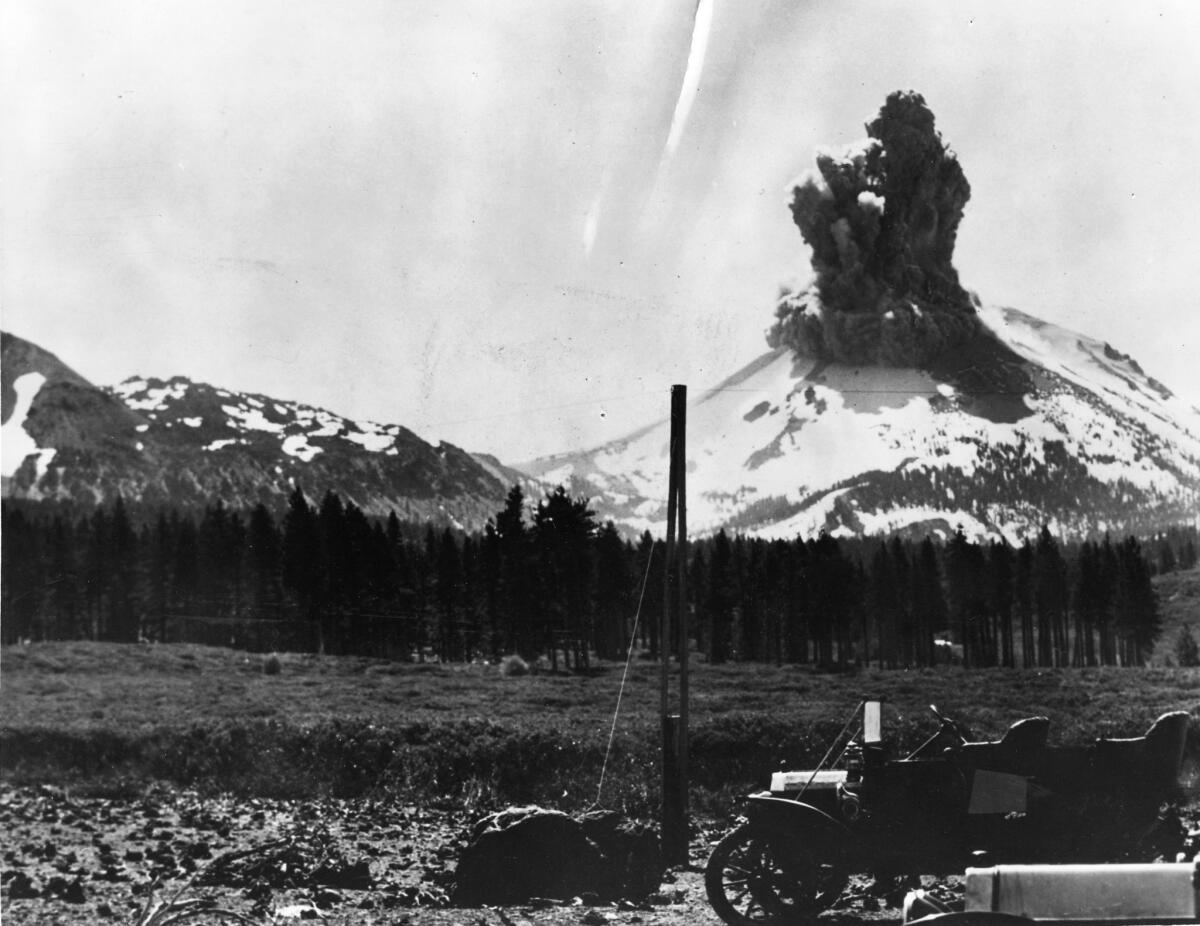
In 1912 Lassen Peak and the surrounding wilderness were considered too obscure by Congress to be designated a national park. Then it exploded.
A years-long volcanic eruption – with the peak’s biggest explosion on May 22, 1915 – began in 1914, and suddenly the entire country knew about Lassen Peak.
In September 1996, Los Angeles Times reporter Christopher Reynolds wrote:
“Lassen Peak sent up pre-atomic mushroom clouds that rose seven miles into the stratosphere. While thick vegetation survived all around, flows of lava and mud scoured many areas beneath Lassen Peak to an otherworldly bareness--hence such site names as Chaos Crags and Devastated Area.”
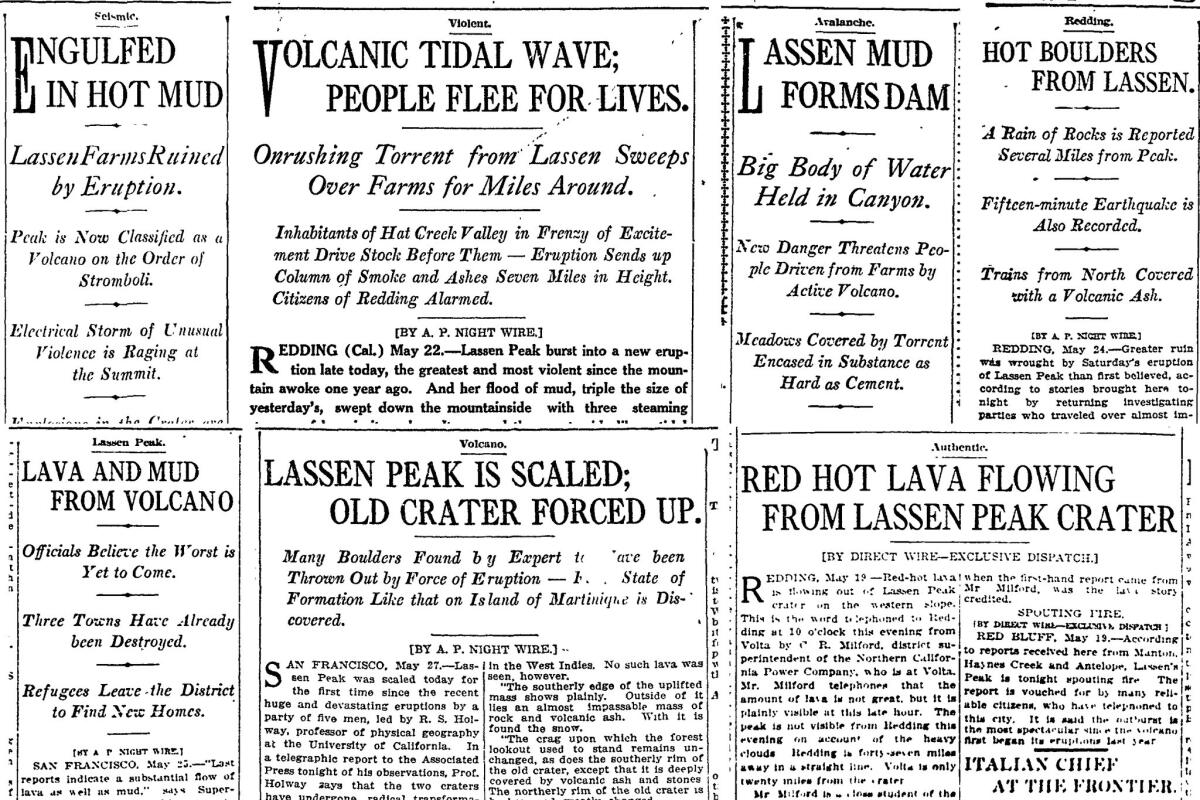
Kings Canyon
Established: March 4, 1940
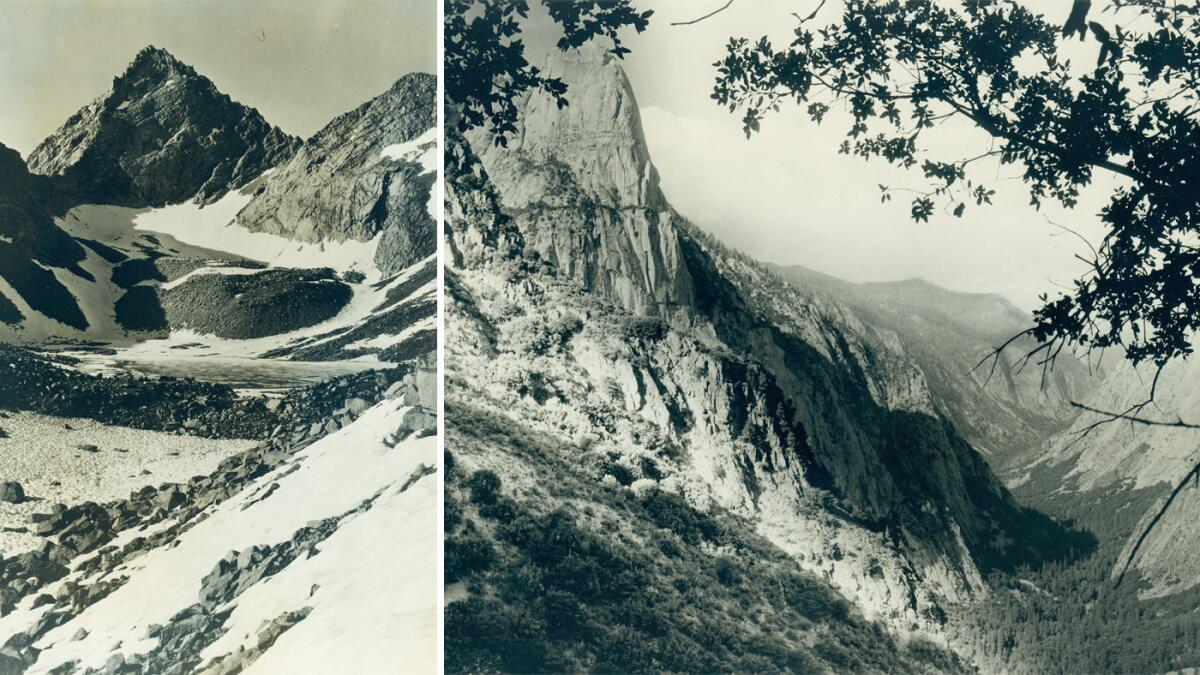
After Sequoia National Park was established in 1890, John Muir suggested a nearby eight-mile-long valley carved by glaciers deserved the same protection. Muir believed Kings Canyon was even “grander” than Yosemite.
Fifty years later, Muir’s dream for the land would come true. In 1940, President Franklin D. Roosevelt declared Kings Canyon and 450,000 acres of federal forestland America’s 26th national park.
The park absorbed General Grant National Park, formed a week after Sequoia. Now the adjacent parks are administered jointly.
“Forest-clad valleys with sheer rock walls reminiscent of Yosemite: above these valleys, the crest of the Sierra Nevada range forms a tumbled array of mountains unequaled in North America for massed effect of peaks, palisades and minarets, with hundreds of lakes, meadows and streams – this is Kings Canyon National Park.”
—Los Angeles Times, March 17, 1940
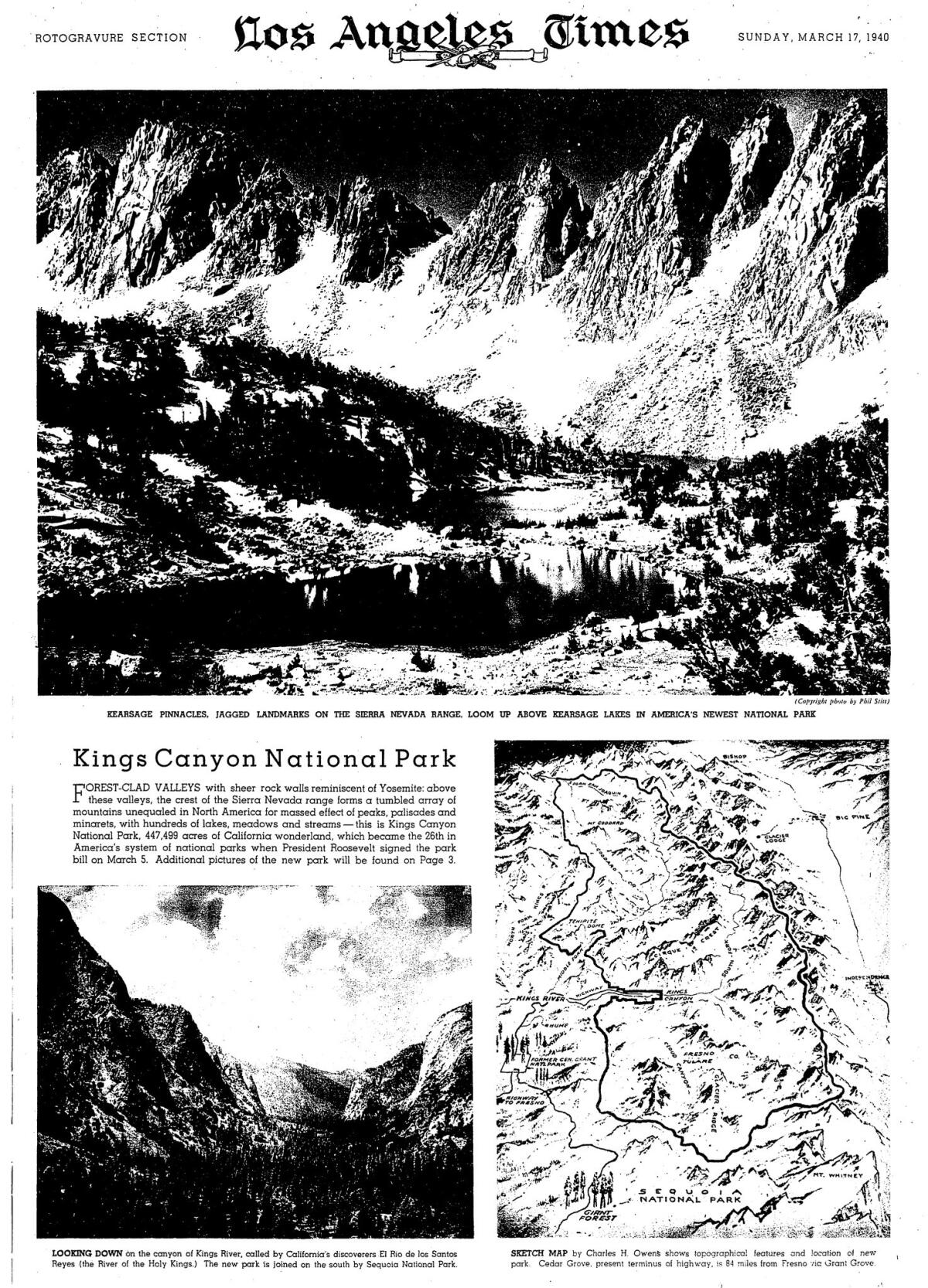
Redwood
Established: Oct. 2, 1968
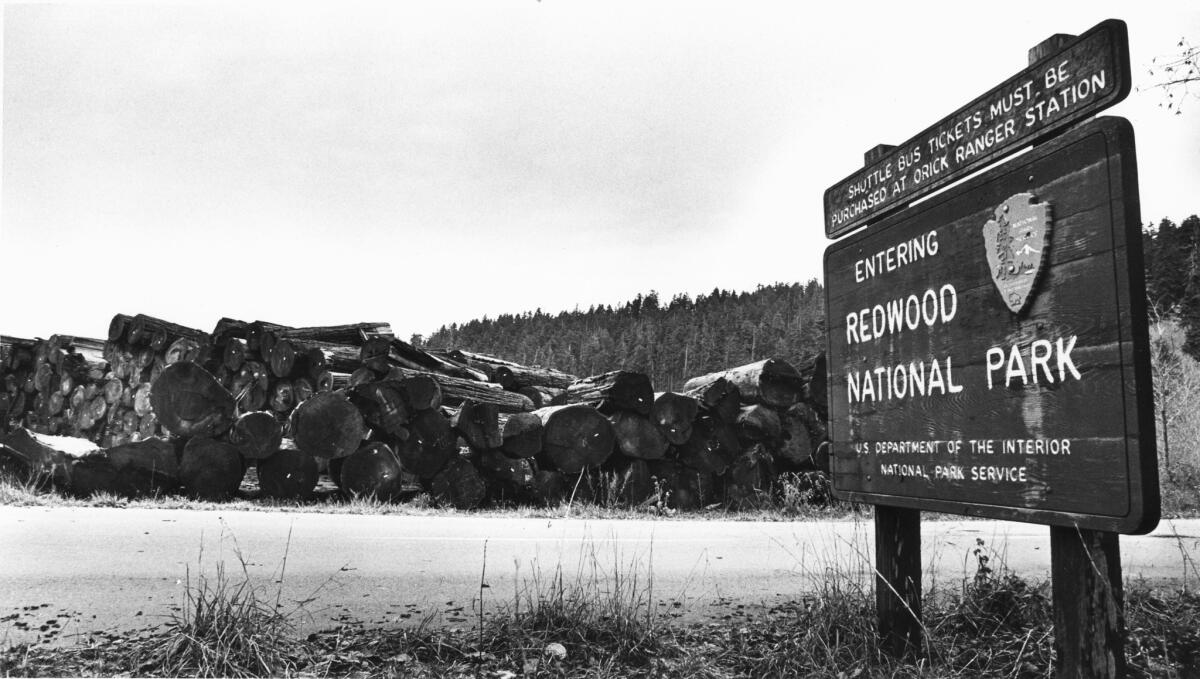
Home to the tallest trees on earth, Redwood National Park was established after years of battling between conservation groups and the logging industry.
Congress and President Lyndon B. Johnson ended the fight when a bill was passed preserving 58,000 acres of redwood forest in Humboldt and Del Norte counties. Lady Bird Johnson would dedicate the park on Nov. 25, 1968, calling it “the crowning moment of a crusade which has lasted two generations.”
Sen. Henry M. Jackson (D-Wash.) described the park’s attractions in news coverage:
1—The trees themselves, tallest on earth, “displayed in all their variety from ridgetop stands to slope and bottomland groves to the seashore…”
2—More than 33 miles of uninterrupted beach at the foot of bluff and headland.
3—Streams and rivers of “great natural beauty” with opportunities for fishing and swimming.
Of the trees, Jackson said, “These giants will live out the years of their existence protected by man, rather than threatened by man. It is our intention that a thousand years from now, redwood seedlings of today will have lived, within this park for the inspiration and wonder of future generations.”
—Los Angeles Times, Sept. 20, 1968
A decade later, President Jimmy Carter signed a law adding 48,000 acres to the park.
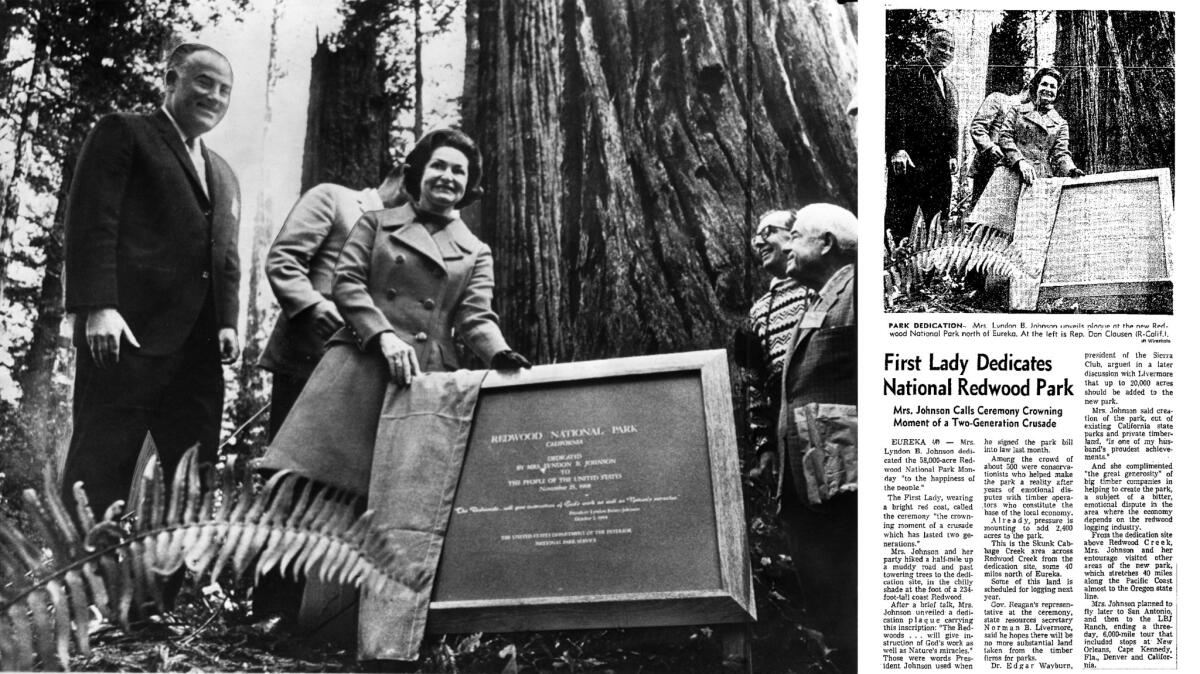
Channel Islands
Established: March 5, 1980
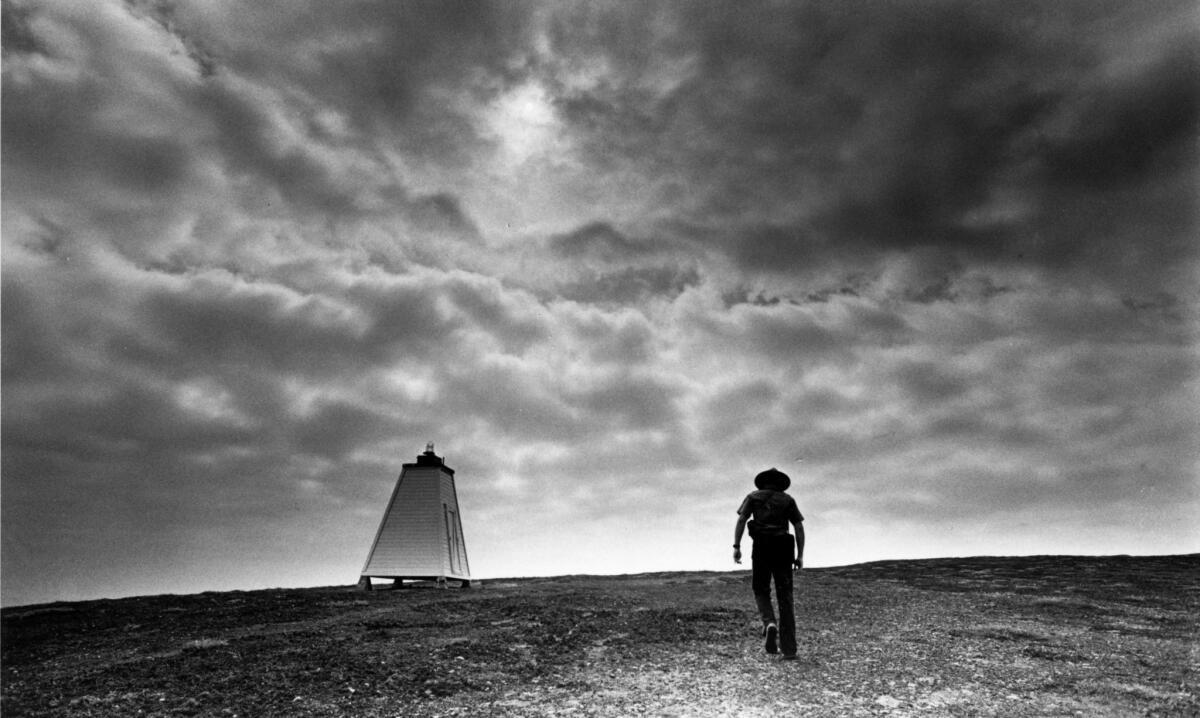
Anacapa, Santa Barbara, Santa Cruz, San Miguel and Santa Cruz islands make up Southern California’s first national park, established by President Carter in 1980.
The park protects the island cluster off Ventura and Santa Barbara counties and the surrounding ocean, both rich in cultural and scientific value.
The islands hold an important place in California history, with thousands of years of Chumash inhabitation, followed by ranching and the appearance of military establishments.
“For many years, the Channel Islands have been widely regarded as some of the most pristine offshore islands in the United States. With many virtually untouched forests, meadows and tidal areas, the islands contain unusually abundant populations of sea mammals and other wildlife.”
—Los Angeles Times, March 6, 1980
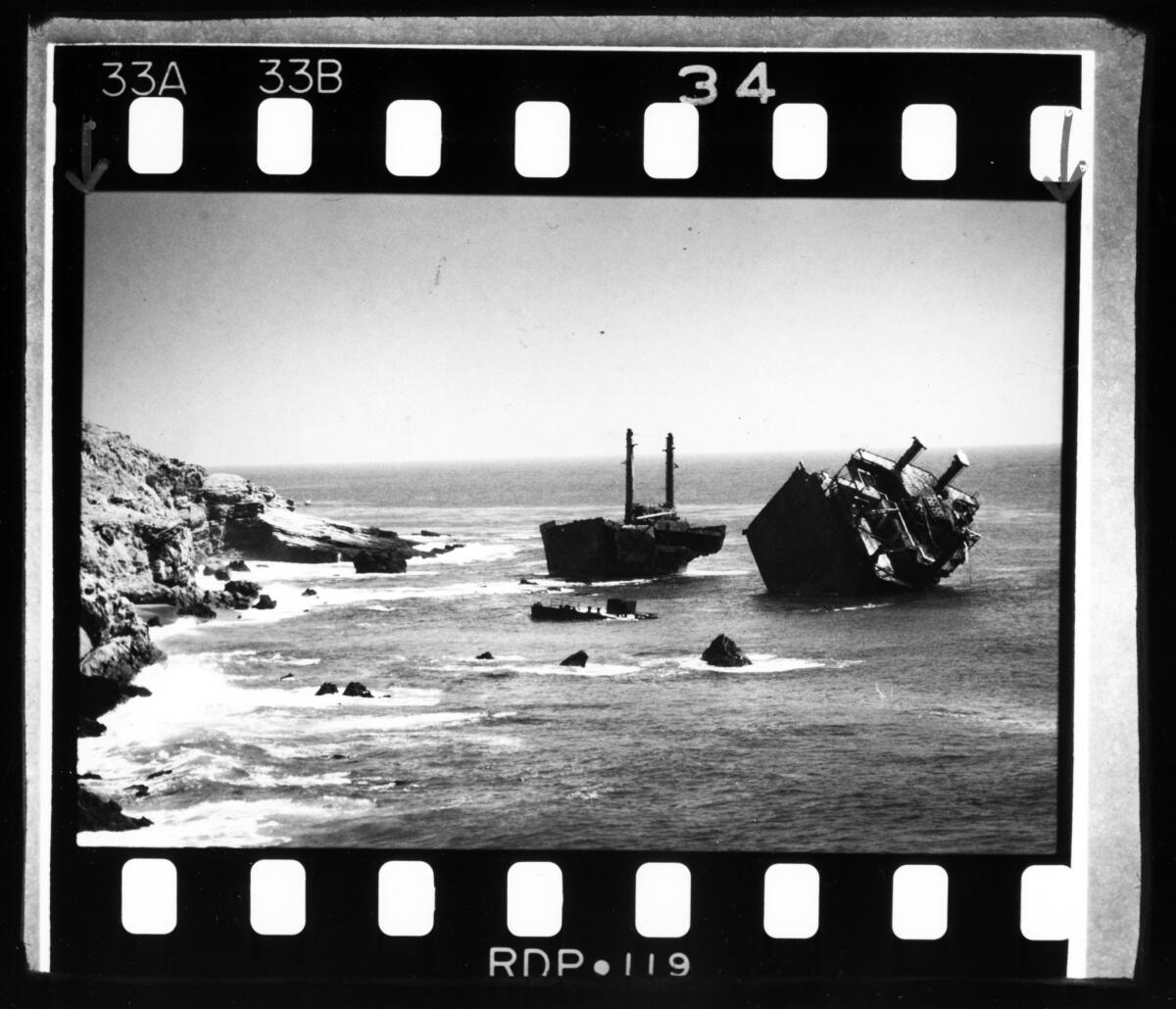
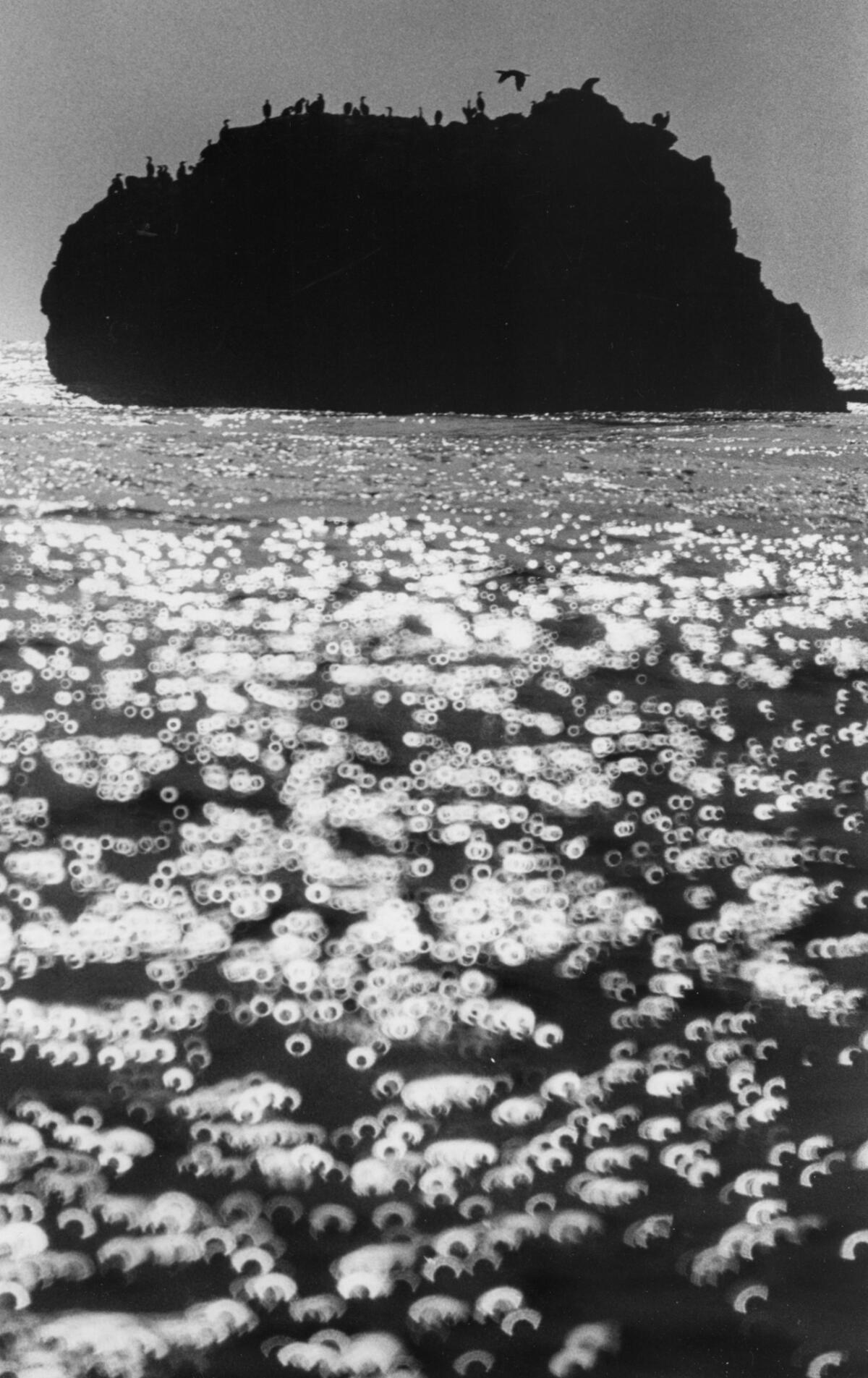
Death Valley
Established: Oct. 31, 1994
Known as the “land of extremes,” Death Valley became a national park at the same time as Joshua Tree with President Bill Clinton’s signing of the Desert Protection Act in 1994.
The bill ended a long congressional battle to protect almost 8 million acres of ecologically fragile Southern California land from development, the Los Angeles Times reported.
“The desert bill creates the largest U.S. wilderness area outside of Alaska.... Much of the east Mojave Desert becomes a national preserve.”
—Los Angeles Times, Tuesday, Nov. 1, 1994
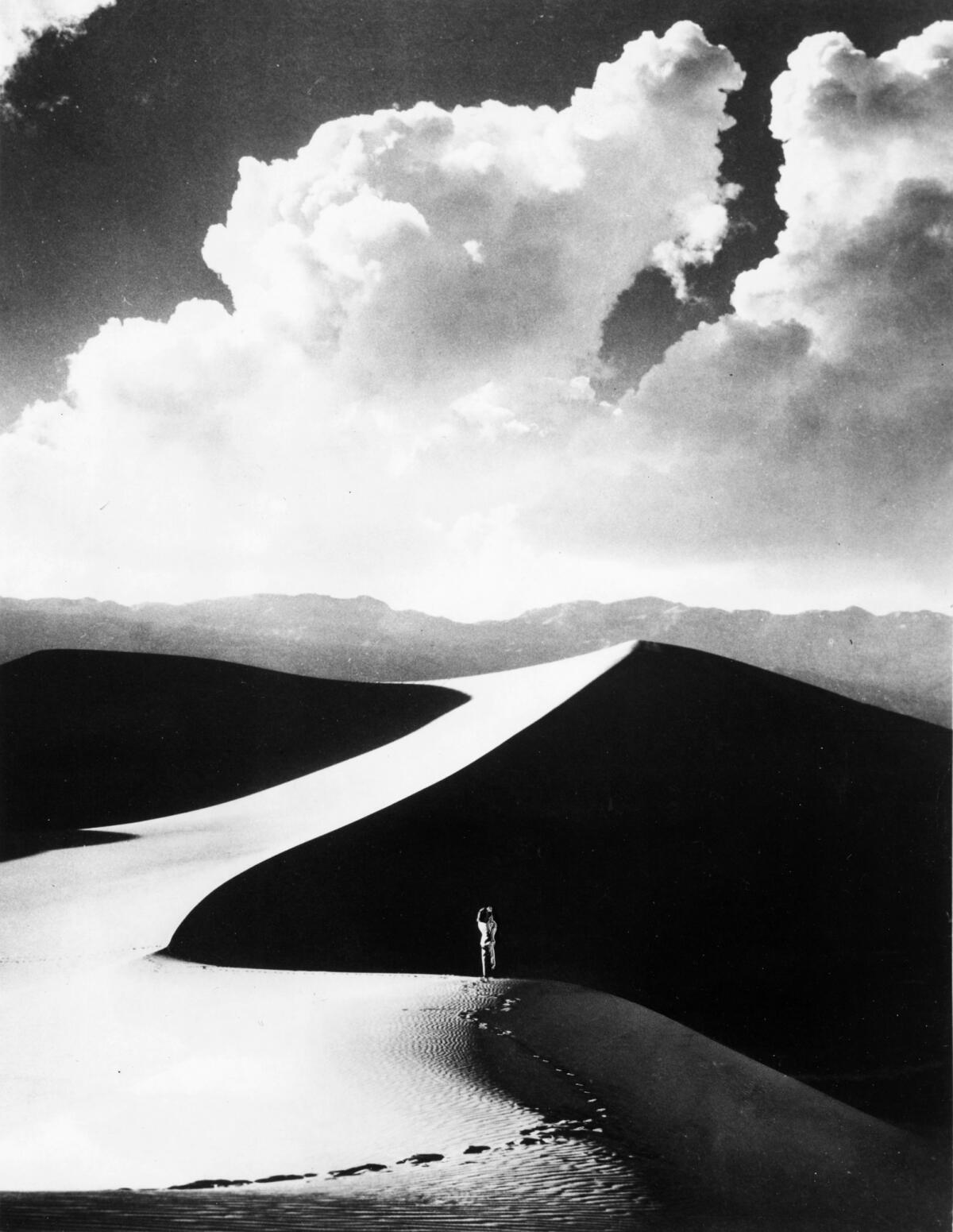
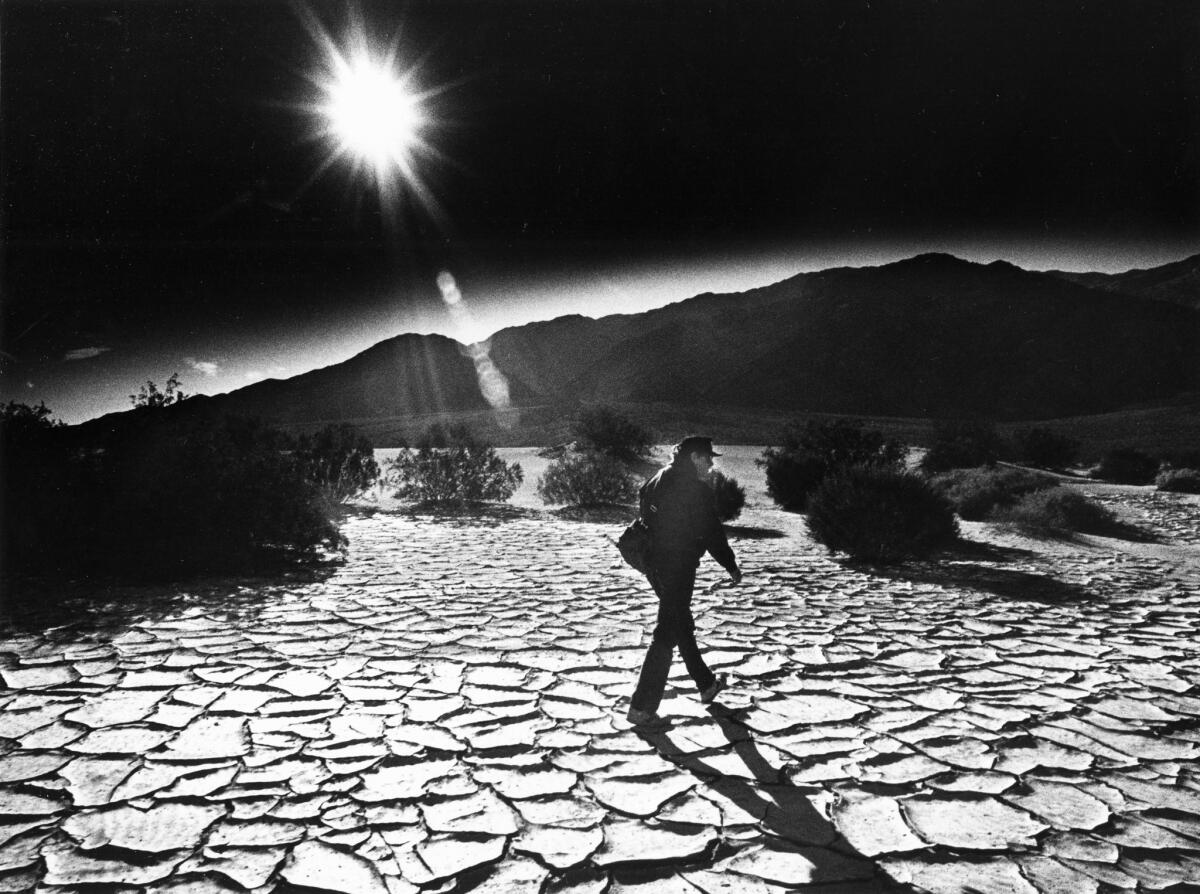
Joshua Tree
Established: Oct. 31, 1994
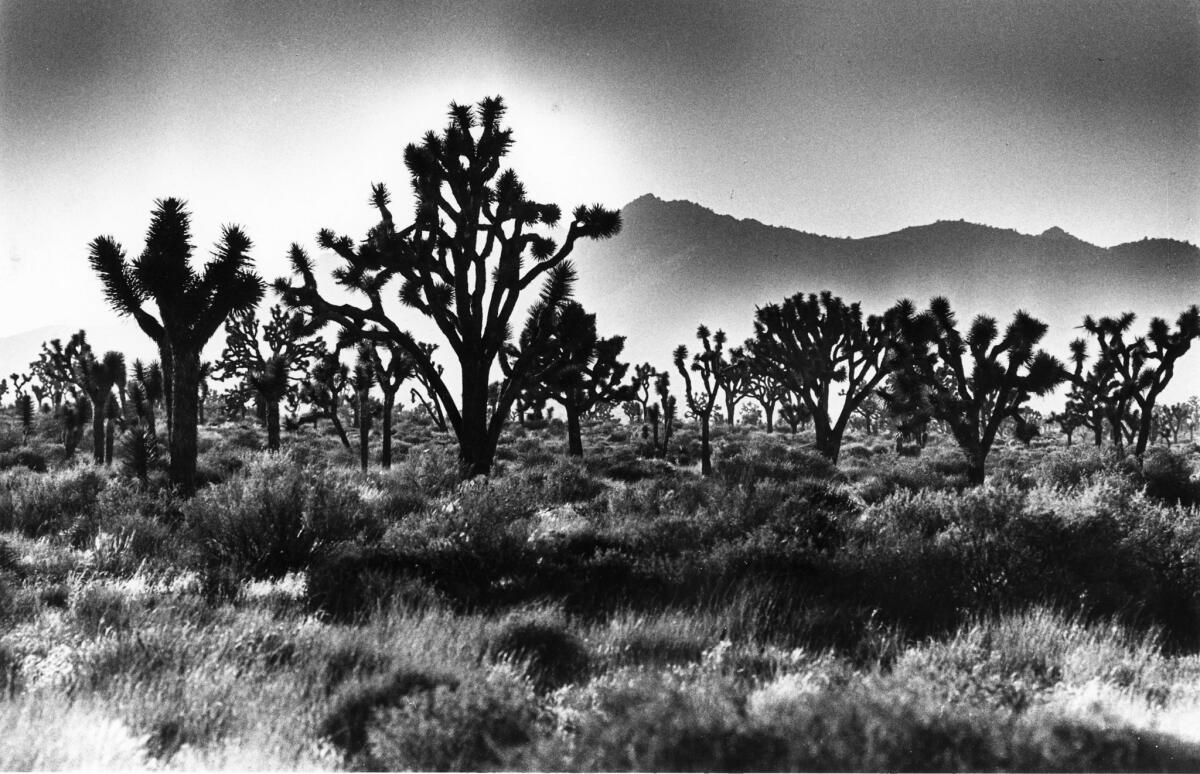
Where the Mojave and Colorado deserts come together, the otherworldly Joshua tree (Yucca brevifolia) thrives. The area was set aside as a national monument in 1936 and national park in 1994 to protect its great plant and animal diversity.
“The terrain is filled with ecological diversity, including several mountain ranges, huge sand dunes, some 2,000 plant and 600 animal species, more than 100,000 archeological sites and even dinosaur tracks.”
—Los Angeles Times, Sunday, Oct. 9, 1994, discussing both Joshua Tree and Death Valley
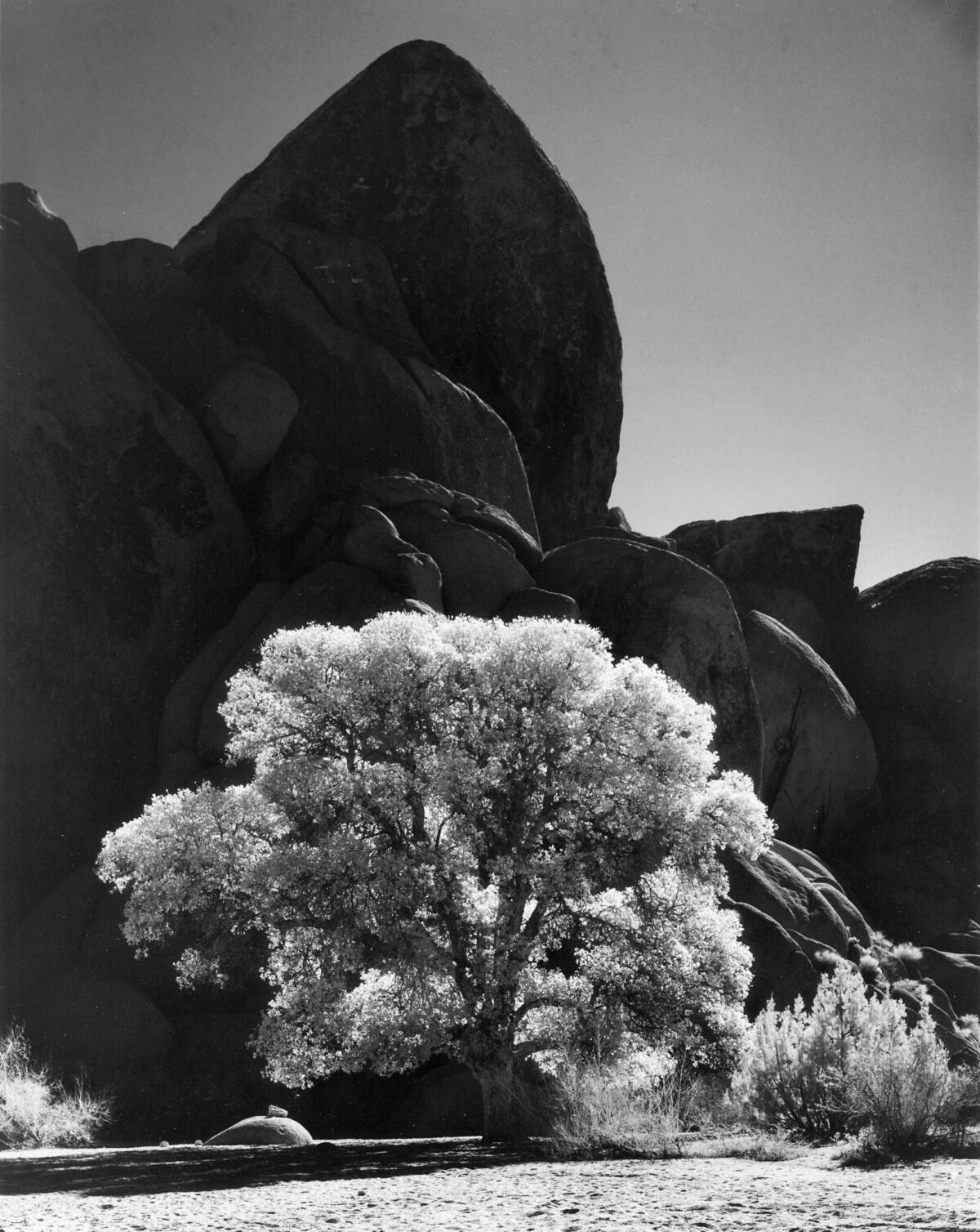
Pinnacles
Established: Jan. 10, 2013
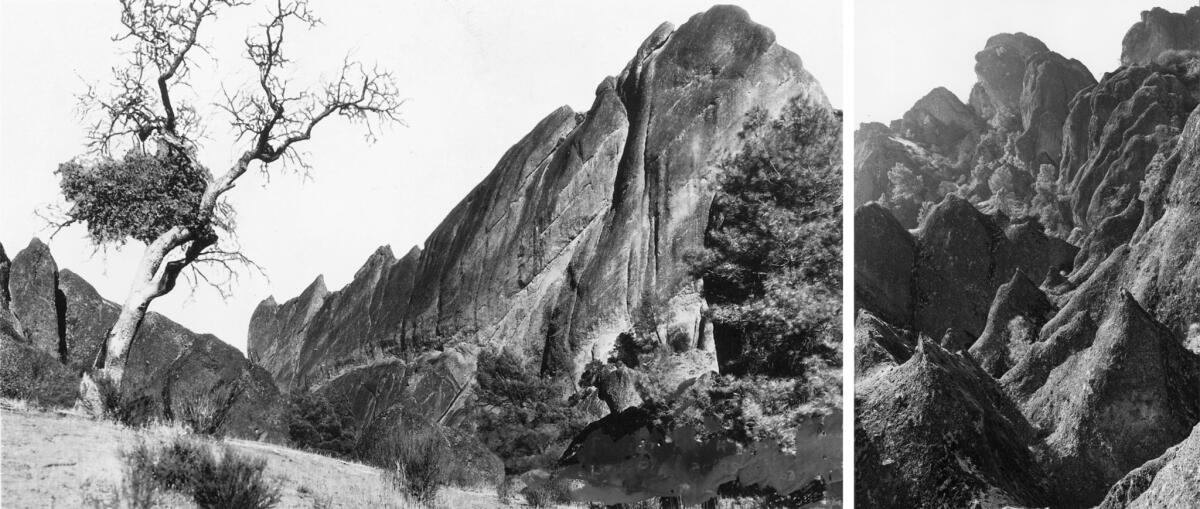
Pinnacles had been a national monument for more than 100 years before becoming the country’s 59th and newest national park in 2013.
“The 26,000-acre site, which includes towering rock formations and talus caves created by falling slabs of rock, has played a critical role in the recovery of the California condor. It has been called a volcanic wonderland and a climber’s paradise.”
—Los Angeles Times, Dec. 31, 2012
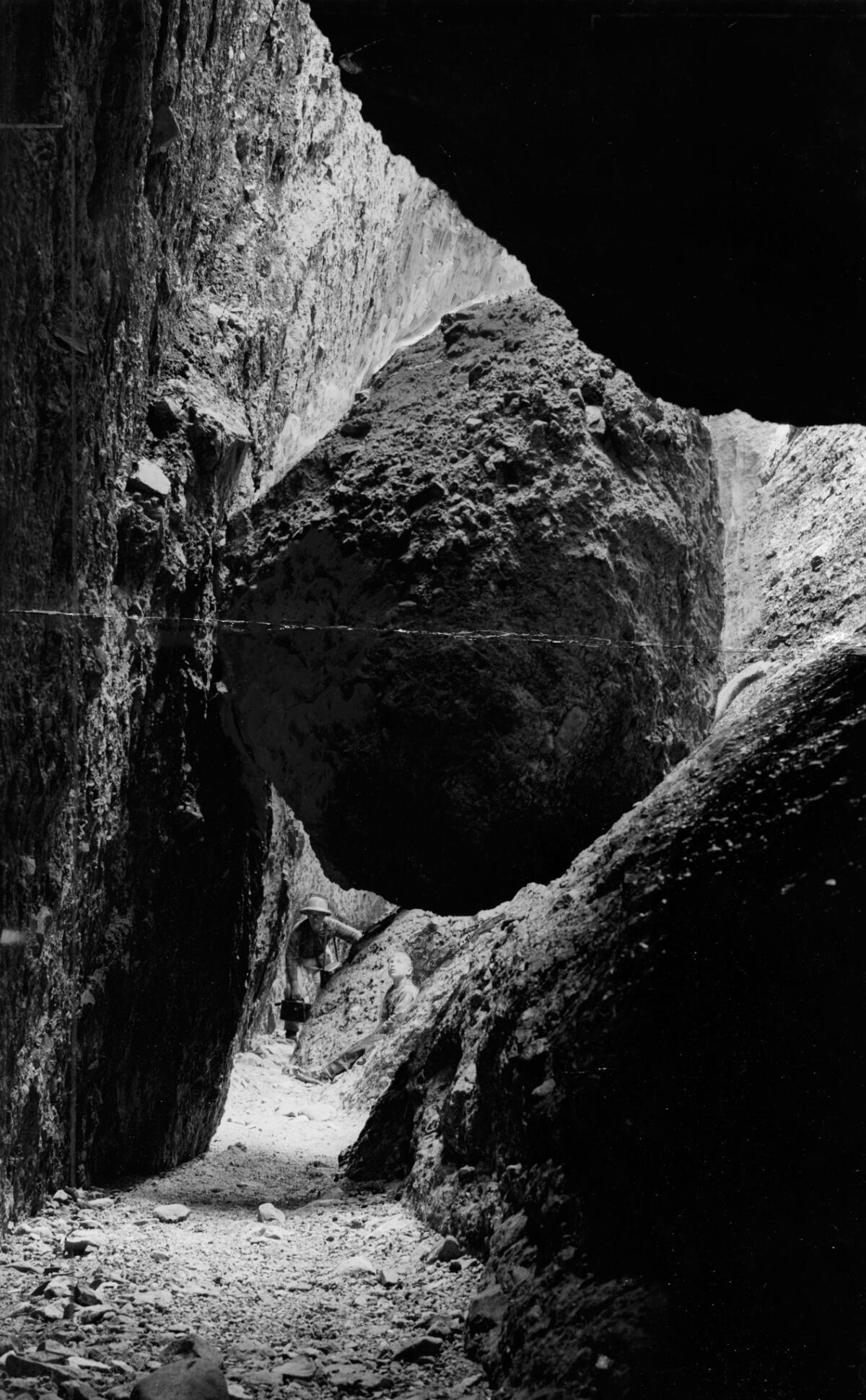
----------
FOR THE RECORD
An earlier version of this post showed a photo of pinnacles that it said were located in San Benito. They were in San Bernardino.
----------
Twitter: @seangreene89
Additional credits: Maloy Moore, Robin Mayper / Times Librarians
Sign up for The Wild
We’ll help you find the best places to hike, bike and run, as well as the perfect silent spots for meditation and yoga.
You may occasionally receive promotional content from the Los Angeles Times.




